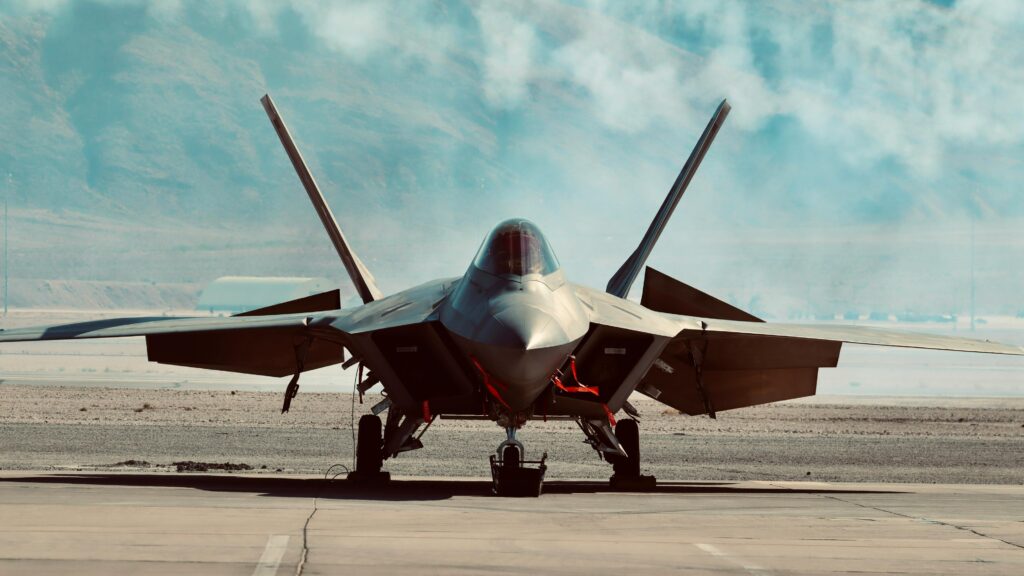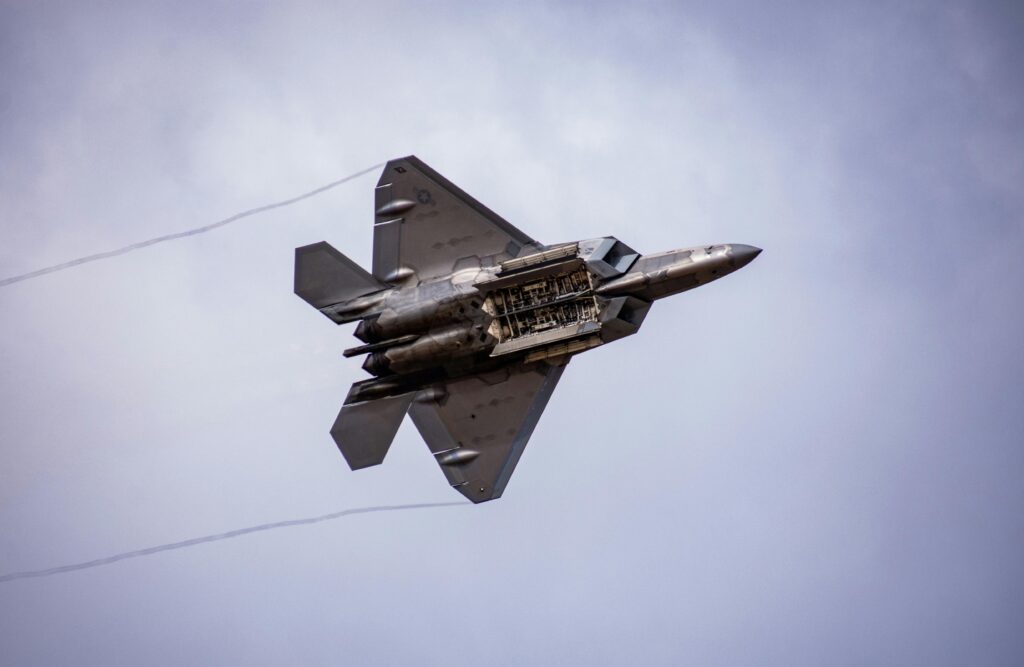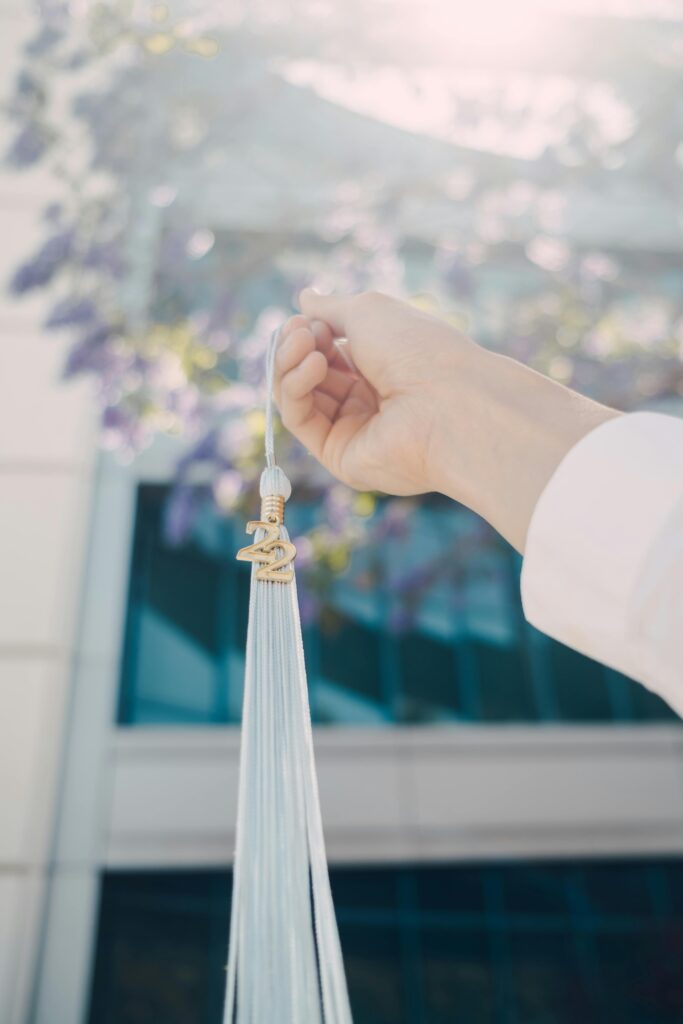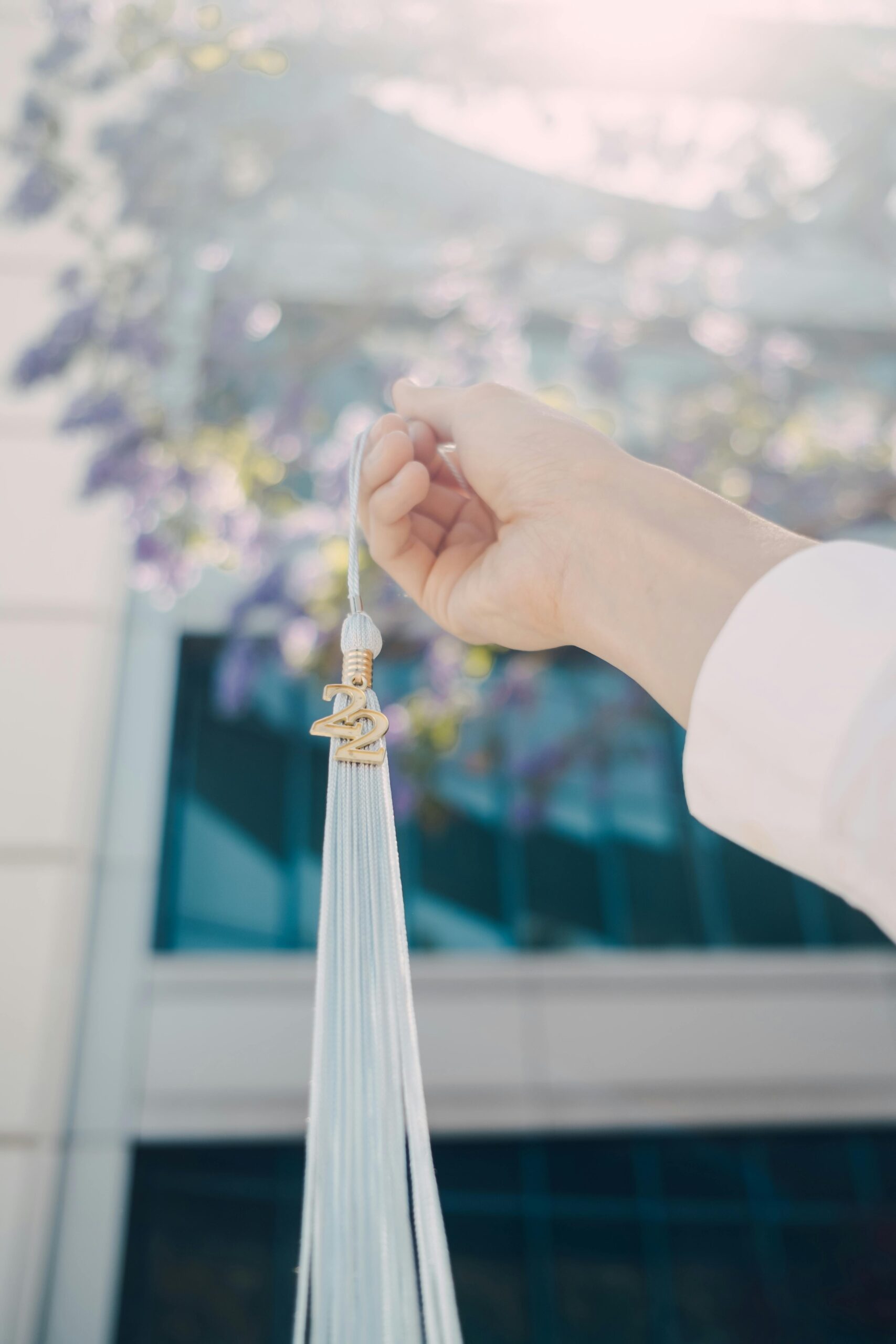Are you struggling with balancing and stability in your mechanical artwork?
When creating mechanical artwork, achieving the perfect balance and stability can be a challenging task. However, with the right techniques and tools, you can master the art of balancing and stability in your creations. In this guide, we will provide you with tips and tricks to help you achieve the desired results in your mechanical artwork.

Understanding the importance of balance and stability
Balancing and stability are crucial factors in mechanical artwork as they determine the overall functionality and aesthetics of your creation. Without proper balance, your artwork may not function correctly or may even fall apart. Stability ensures that your artwork remains intact and does not tip over or break under its own weight. By mastering the art of balancing and stability, you can create beautiful and functional mechanical artwork that will stand the test of time.
Balancing techniques for mechanical artwork
Achieving balance in your mechanical artwork is essential to ensure its functionality and aesthetics. There are several techniques that you can use to achieve balance in your creations, depending on the complexity and design of your artwork. Here are some popular balancing techniques that you can implement in your mechanical artwork:
Symmetrical balance
Symmetrical balance involves arranging the components of your artwork in such a way that they are evenly distributed on both sides of a central axis. This creates a sense of harmony and stability in your artwork, making it visually pleasing and functional. Symmetrical balance is commonly used in mechanical artwork with a simple and uniform design.
Asymmetrical balance
Asymmetrical balance involves arranging the components of your artwork in a way that creates visual interest and variation. Unlike symmetrical balance, asymmetrical balance does not rely on mirroring components on either side of a central axis. Instead, it focuses on creating a dynamic composition that is visually appealing and unique. Asymmetrical balance is often used in more complex and intricate mechanical artwork designs.
Counterbalance
Counterbalance involves adding additional weight or support to one side of your mechanical artwork to offset the weight on the other side. This technique is useful when creating artworks with moving parts or components that are not evenly distributed. By adding counterbalance, you can prevent your artwork from tipping over or falling apart, ensuring its stability and functionality.
Weight distribution
Proper weight distribution is essential to achieving balance in your mechanical artwork. By distributing the weight of your components evenly across your artwork, you can ensure that it remains stable and does not lean to one side. You can use weights or counterweights to adjust the balance of your artwork and achieve the desired results.
Tools for achieving balance and stability
In addition to balancing techniques, there are various tools that you can use to achieve balance and stability in your mechanical artwork. These tools can help you measure, adjust, and fine-tune the balance of your creations, ensuring that they function correctly and look visually appealing. Here are some essential tools for achieving balance and stability in your mechanical artwork:
Level
A level is a simple tool that can help you determine if your artwork is balanced and stable. By placing a level on top of your artwork, you can check if it is level in all directions and make adjustments as needed. Levels are especially useful for artworks with moving parts or components that require precise balance.
Weights
Weights are used to adjust the balance of your mechanical artwork by adding or removing weight from specific areas. You can use weights of different sizes and shapes to fine-tune the balance of your artwork and ensure that it remains stable. Weighted objects such as metal rods or blocks can be easily attached to your artwork to achieve the desired balance.
Balance beams
Balance beams are useful for testing the balance and stability of your mechanical artwork. By placing your artwork on a balance beam, you can observe how it tilts and adjust the weight distribution accordingly. Balance beams are especially helpful for complex artworks with multiple moving parts or components that need to be balanced.
Gyroscopes
Gyroscopes are mechanical devices that can help you achieve balance and stability in your artwork by maintaining a constant orientation in space. By incorporating gyroscopes into your artwork, you can ensure that it remains balanced and stable even when in motion. Gyroscopes are commonly used in mechanical artwork with rotating or spinning components.
Practical tips for balancing and stability
Achieving balance and stability in your mechanical artwork requires patience, practice, and attention to detail. To help you master the art of balancing and stability, here are some practical tips that you can follow:
Start small
If you are new to balancing and stability in mechanical artwork, start with smaller and simpler projects to gain experience and skills. Practice basic balancing techniques and experiment with different tools and materials to understand how they affect the balance of your artwork.
Take your time
Balancing and stability require careful consideration and precision. Take your time to adjust the weight distribution, test the balance, and make necessary corrections to ensure that your artwork remains stable. Rushing the process can lead to imbalanced and unstable creations.
Experiment with different techniques
Don’t be afraid to experiment with different balancing techniques and tools to find what works best for your artwork. Try symmetrical and asymmetrical balance, counterbalance, and weight distribution to see which technique yields the desired results. Keep an open mind and be willing to explore new methods for achieving balance and stability.
Seek feedback
If you are struggling to achieve balance in your mechanical artwork, don’t hesitate to seek feedback from other artists, mentors, or experts in the field. They can provide valuable insights and suggestions to help you improve the balance and stability of your creations. Constructive feedback can help you identify areas for improvement and refine your balancing techniques.
Practice regularly
Balancing and stability are skills that require practice and repetition to master. Set aside time to practice balancing techniques, experiment with different tools and materials, and refine your craftsmanship. The more you practice, the better you will become at achieving balance and stability in your mechanical artwork.

Case study: Balancing a kinetic sculpture
To demonstrate the principles of balancing and stability in mechanical artwork, let’s look at a case study of balancing a kinetic sculpture. A kinetic sculpture is a type of mechanical artwork that contains moving parts or components, requiring precise balance and stability to function correctly.
Design concept
The kinetic sculpture consists of four rotating arms connected to a central axis, each bearing a different weight. The challenge is to balance the weights of the arms and adjust their positioning to achieve a harmonious and stable rotation of the sculpture. The goal is to create a visually dynamic and functional artwork that captivates viewers with its movement.
Balancing process
- Start by assembling the rotating arms of the sculpture and securing them to the central axis. Ensure that the arms are evenly spaced and aligned to maintain symmetry in the design.
- Attach weights of varying sizes to each arm to create a balanced distribution of weight across the sculpture. Experiment with different weight combinations to achieve the desired balance and stability.
- Test the rotation of the sculpture by gently spinning the arms and observing how they move. Make adjustments to the weight distribution and positioning of the arms to ensure that the sculpture rotates smoothly and evenly.
- Use a level, balance beams, and gyroscopes to check the balance and stability of the sculpture from different angles. Make any necessary corrections to ensure that the sculpture remains stable and balanced in all directions.
Results
After fine-tuning the balance and stability of the kinetic sculpture, the final result is a visually striking artwork that rotates gracefully and harmoniously. The balanced distribution of weight and precise positioning of the arms create a dynamic composition that captures the essence of movement and rhythm. The kinetic sculpture stands as a testament to the art of balancing and stability in mechanical artwork.
Conclusion
Balancing and stability are essential elements in creating functional and aesthetically pleasing mechanical artwork. By understanding the importance of balance, mastering balancing techniques, using the right tools, and following practical tips, you can achieve the desired results in your creations. Take your time to experiment, practice regularly, seek feedback, and refine your craftsmanship to become proficient in balancing and stability. With dedication and attention to detail, you can create beautiful and stable mechanical artwork that will inspire and delight others.


